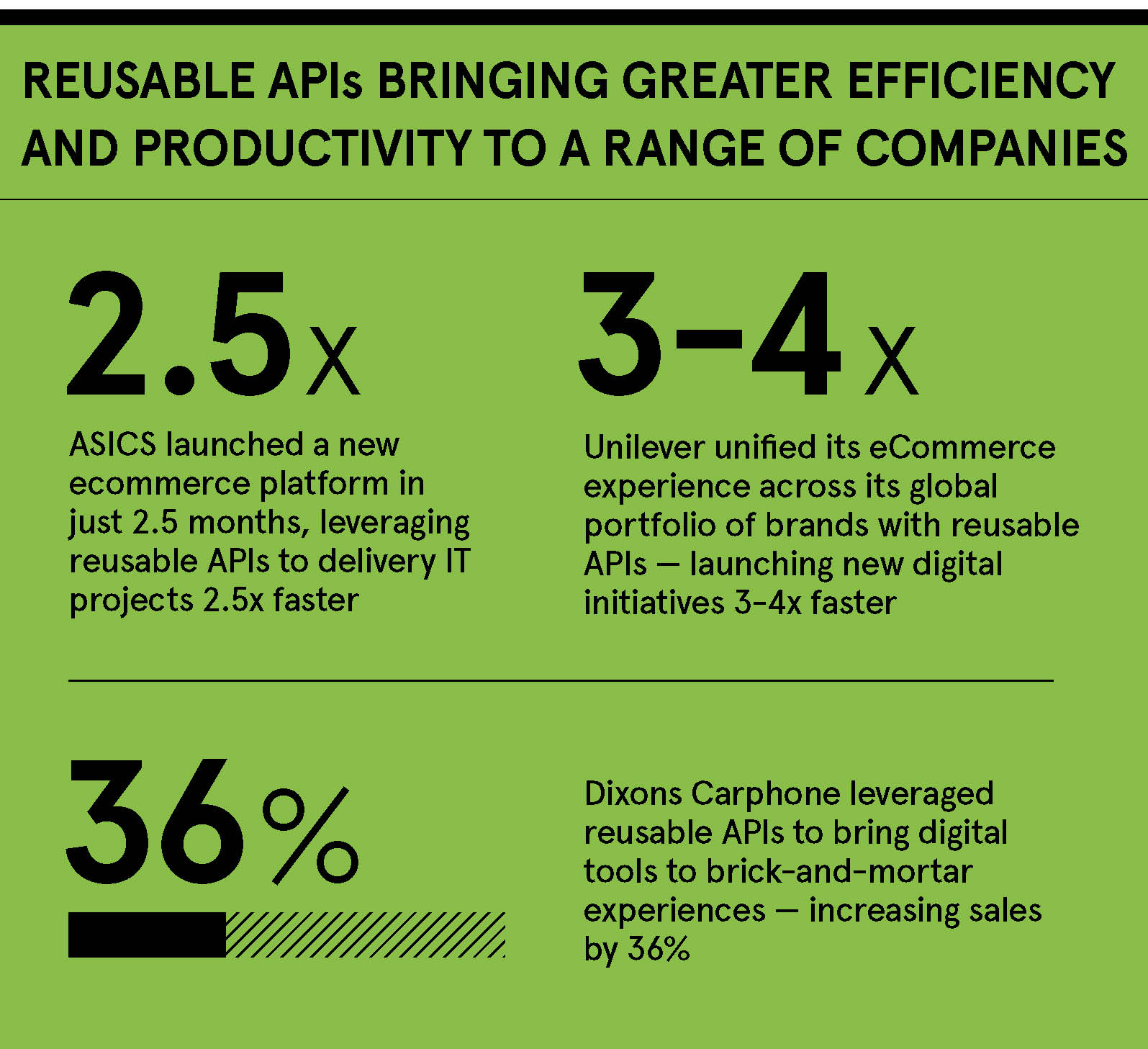Retail is going through a time of great transience. While heightened pressures continue to pile on to the high street, there are also enormous opportunities for retailers to transform their operations and stay ahead of the competition.
At the heart of this transformation is delivering an omnichannel customer experience. As online and offline worlds converge in ways not seen before, retailers must deliver a consistent experience across every customer touchpoint. This means going beyond traditional selling methods, adopting new technologies and intentionally focusing on digitally transforming their businesses.
According to an independent study carried out by MuleSoft, consumers expect a connected, seamless experience from retail brands, with seven in ten consumers saying they’d consider shopping elsewhere if they don’t get it.
However, retailers typically have data distributed across multiple back-end systems, making it difficult for them to interact consistently with customers across all channels. To satisfy heightening customer demands, they must centre their efforts around connectivity to unlock data at scale.
Companies that use application programming interfaces (APIs), the software intermediaries that allow applications to talk to each other, are nearly three times more likely to grow revenue by 15 per cent or more, according to analyst firm Forrester. APIs allow retailers to adapt quickly, drive intimacy with customers and pull together various sources of information to enhance their services, which should not be limited to the traditional buying cycle, but encompass partners, employees and the whole supply chain.

The numbers speak for themselves in digital transformation programmes. ASICS launched a new ecommerce platform in just two-and-a-half months, leveraging reusable APIs to deliver IT projects 2.5 times faster. Unilever unified its ecommerce experience across its global portfolio of brands with reusable APIs, launching new digital initiatives three to four times faster. And Dixons Carphone leveraged reusable APIs to bring digital tools to bricks-and-mortar storers, increasing sales by 36 per cent.
APIs underpin successful digital transformation, says Rehan Urfi, regional vice president services, UK and Ireland, at MuleSoft, whose API-led approach to connectivity helps organisations to change and innovate faster.
However, they’re more than just a technology project; they’re a lifestyle choice, a conscious decision to adopt more agile and dynamic ways of working for businesses, and therefore require a mindset shift with trust engendered across all stakeholders. Declaring a strategy, and refining the operating model to execute against it, is crucial to realising the business outcomes organisations want to achieve.
“MuleSoft doesn’t just look at developing APIs, we provide the full life cycle in terms of watering, feeding, reusing, driving consumption, managing, monitoring and can even support monitising them in a meaningful way,” says Mr Urfi. “Guiding adoption of the platform and approach is crucial to embedding the mindset that companies need to succeed.”
At the heart of MuleSoft’s delivery model is a Centre for Enablement that supports adoption by enabling teams to work in a federated way with local autonomy, but centralised values, assets and control. Thought leadership is also central to adoption, particularly when it comes to agility and supporting consumption both internally and externally.
MuleSoft centres its thought leadership on API-led connectivity, an approach that talks about system, process and experience API layers as part of a continually scalable and highly reusable architecture.
For retailers that have specific IT needs, multi-cloud adoption is essential, but brings with it added complexity. APIs help unlock the data and unique functionalities of applications residing in multiple cloud environments, providing the foundation for an omnichannel experience.
Changing the operating model in this way to focus on scalable API-led connectivity means building mobile applications and web interfaces, and connecting consumers in-store becomes a reality. As the number of touchpoints grows, specific and intentional API layers ensure the user experience remains consistent across all the touchpoints.
“Having the ability to integrate across those clouds and move workloads and data seamlessly is crucial,” says Mr Urfi. “That’s where MuleSoft makes a huge difference, not just because we can work in multiple environments and serve those purposes and scale accordingly, but because our APIs work regardless of where that information or the solutions reside, allowing retailers to work independently and cohesively across them to drive tangible business results.”
Download the Top 7 digital transformation trends shaping 2020 at www.mulesoft.com/2020trends



